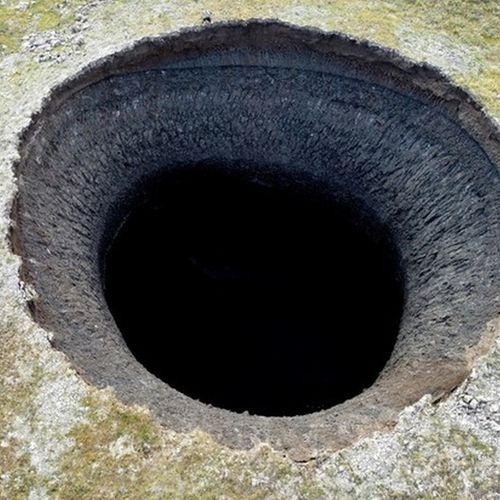
| Added | Tue, 18/01/2022 |
| Источники | |
| Дата публикации | Tue, 18/01/2022
|
| Версии |
Experts attribute the recent surge in the number of sinkholes to the rapid loss of groundwater, as farmers use deep underground wells to irrigate fields.
The massive sinkhole in central Turkey is explained by three years of drought and climate change.
A few weeks ago, the ground opened up in a cornfield near the house of a local resident Kafer Ata. A round funnel about 3 meters deep appeared in the ground, as if carved with a knife.
"I do not know what to tell you," he said. "This is bad. God have mercy."
Sinkholes are a global geological phenomenon associated with many reasons, but experts attribute the recent surge in sinkholes in the central region of Turkey Konya to the rapid loss of groundwater. The fact is that during the almost three-year drought, farmers use deeper underground wells to irrigate fields.
Researchers have recorded more than 2,200 sinkholes in the area, more than 700 of which are deeper than one meter. The largest of them have a depth of 30 meters.
Kafer Ata said that his neighbor fell into such a hole. It took two days to get him out of there. Shepherds now have to keep a map of each funnel so that their animals do not fall into it when they graze in open fields.
Historically, most of the wheat was grown in this area, but later farmers switched to more water-intensive crops such as sugar beet and corn. Those who can afford to install groundwater pumps to irrigate their fields, but groundwater in the area is limited. Every year, especially during a drought, they find themselves drilling deeper to get to the water. By doing so, they prepare the ground for another failure.
Новости со схожими версиями
Log in or register to post comments









